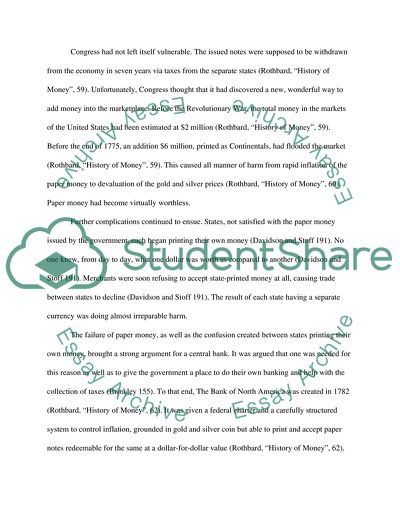Cite this document
(A History of Failure: How the United States Monetary System has Lost Research Paper, n.d.)
A History of Failure: How the United States Monetary System has Lost Research Paper. Retrieved from https://studentshare.org/macro-microeconomics/1766744-the-history-and-failure-of-our-monetary-system-past-and-present
A History of Failure: How the United States Monetary System has Lost Research Paper. Retrieved from https://studentshare.org/macro-microeconomics/1766744-the-history-and-failure-of-our-monetary-system-past-and-present
(A History of Failure: How the United States Monetary System Has Lost Research Paper)
A History of Failure: How the United States Monetary System Has Lost Research Paper. https://studentshare.org/macro-microeconomics/1766744-the-history-and-failure-of-our-monetary-system-past-and-present.
A History of Failure: How the United States Monetary System Has Lost Research Paper. https://studentshare.org/macro-microeconomics/1766744-the-history-and-failure-of-our-monetary-system-past-and-present.
“A History of Failure: How the United States Monetary System Has Lost Research Paper”, n.d. https://studentshare.org/macro-microeconomics/1766744-the-history-and-failure-of-our-monetary-system-past-and-present.


